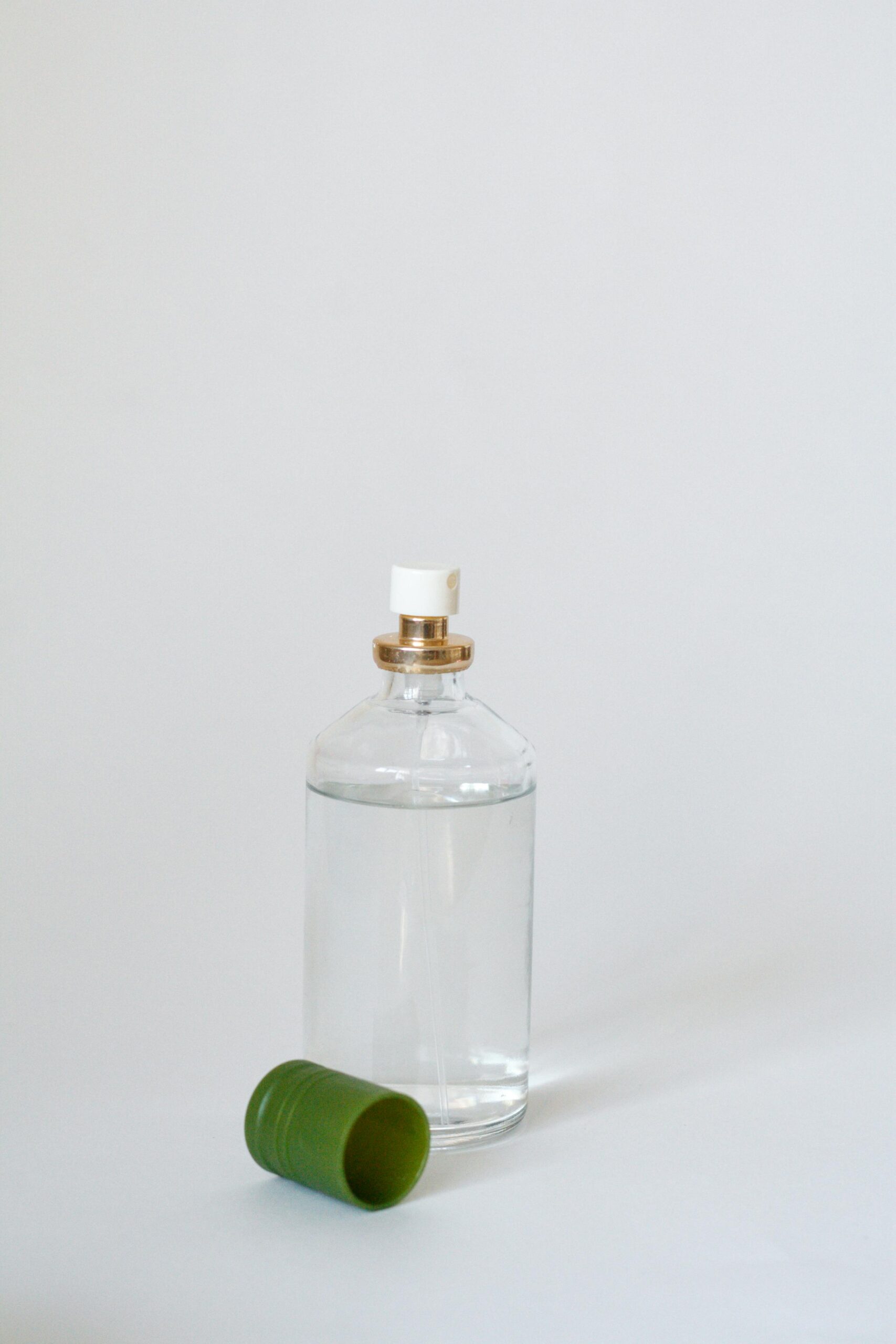If you don’t like any commercial perfumes, make your own. That’s probably the best thing to do rather than get frustrated from spending hours and hours smelling perfumes in department stores and specialty shops. Also, you might end up creating a scent that is cheaper yet richer and more perfect for your body.
When making your own scents, you should always remember that perfumes have three basic structures or layers, namely: the base notes, heart or middle notes and top notes. Top notes are the first smell that you’ll notice and it is also the first one to evaporate.
Top notes handle the first impressions. It creates the mood and the one that immediately captivates. Meanwhile, the heart notes or otherwise known as the middle or coeur notes. These scents appear later and last longer. They give character to the perfume. The final layer is the base notes which lasts the longest. They slowly come out blending with both the heart note and the top note.
Make certain that you don’t put natural essential oils and absolutes as top notes. They are basically complex compounds that sometimes already contain middle notes and even top notes characteristics. So care should be taken when you start mixing or blending different kinds of essential oils.
Ideally, top notes are made from citrus oils like bergamot, lemon, mandarin, orange, etc. Conifer oils such as cypress, fir, pine, spruce, etc. can also be used. Also popular top notes oils include mint oils, cardamom, basil, chamomile, juniper berry, ginger, petitgrain and rosemary. When it comes to middle notes, probably the best oils to use are floral oils and absolutes such as caraway, black pepper, cinnamon, clary sage and clove bud.
Oils from elemi, coriander, galbanum, sweet marjoram, geranium, lavender and nutmeg are also great middle note materials. Palmarosa, thyme and violet leaf absolute have also been used before and their blending capabilities have proved to be quite effective. Wood oils like cedarwood, gaiac, linaloe wood and sandalwood are great as base notes. So are resin oils like frankincense and myrrh.
Perfumers also use labdanum, patchouli, oakmoss absolute, vetiver and even vanilla as base notes for their perfumes.
When making your own perfumes, it is always, always important to know your materials. Essential oils for example have different characters, behavior, strength and weaknesses. Each characteristic should be considered and their effects studied closely. You need to know the effects of the essential oils and perfume blends on your skin.
You need how to understand how the mixture will react when diluted or when it is set over time. You need to be prepared and know or at least have an idea on how the mixtures will react. It is, therefore, perfect advice that you write down all the processes that you undertook, from measurements to blending procedures.
And as important as the actual steps are, one needs to take regular breaks. Not only will this help in raising creativity but it will help make you safe from some harmful effects of prolonged exposure from oils. Remember that you are working with essential oils.
These oils are highly concentrated and give off a very strong smell. It is, therefore, possible to become sick if you spent too much time working on them especially in unventilated areas. And also, there’s also a limit to how much scent or perfume your nose can take.






